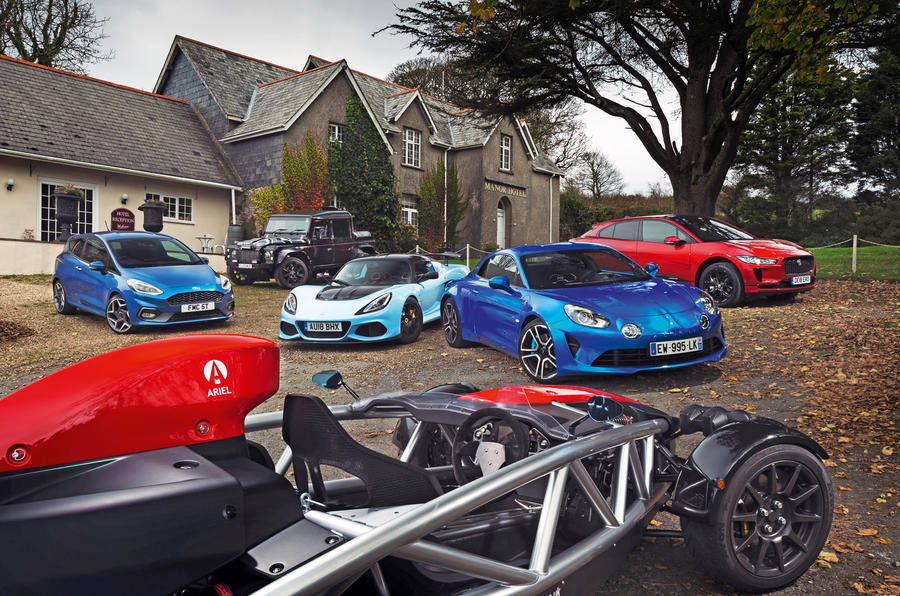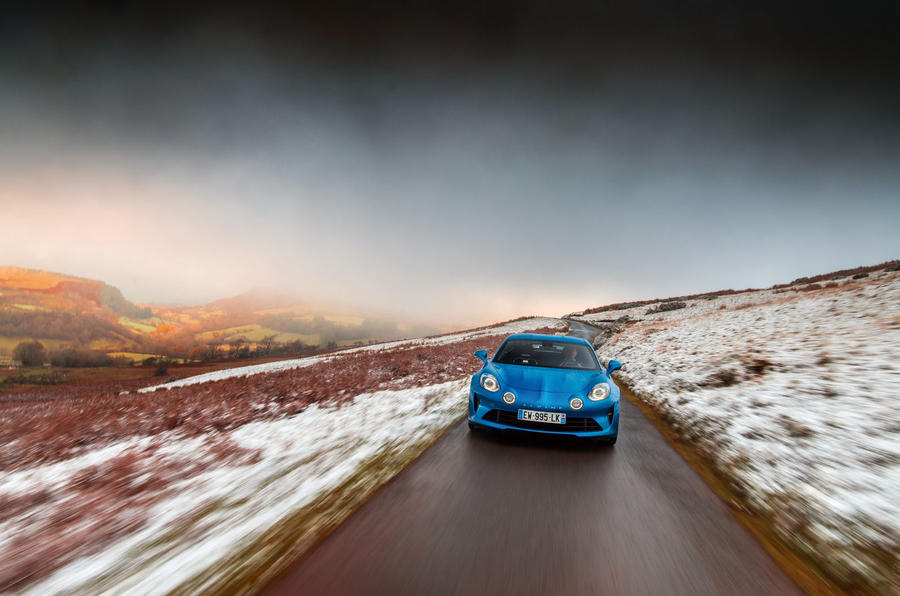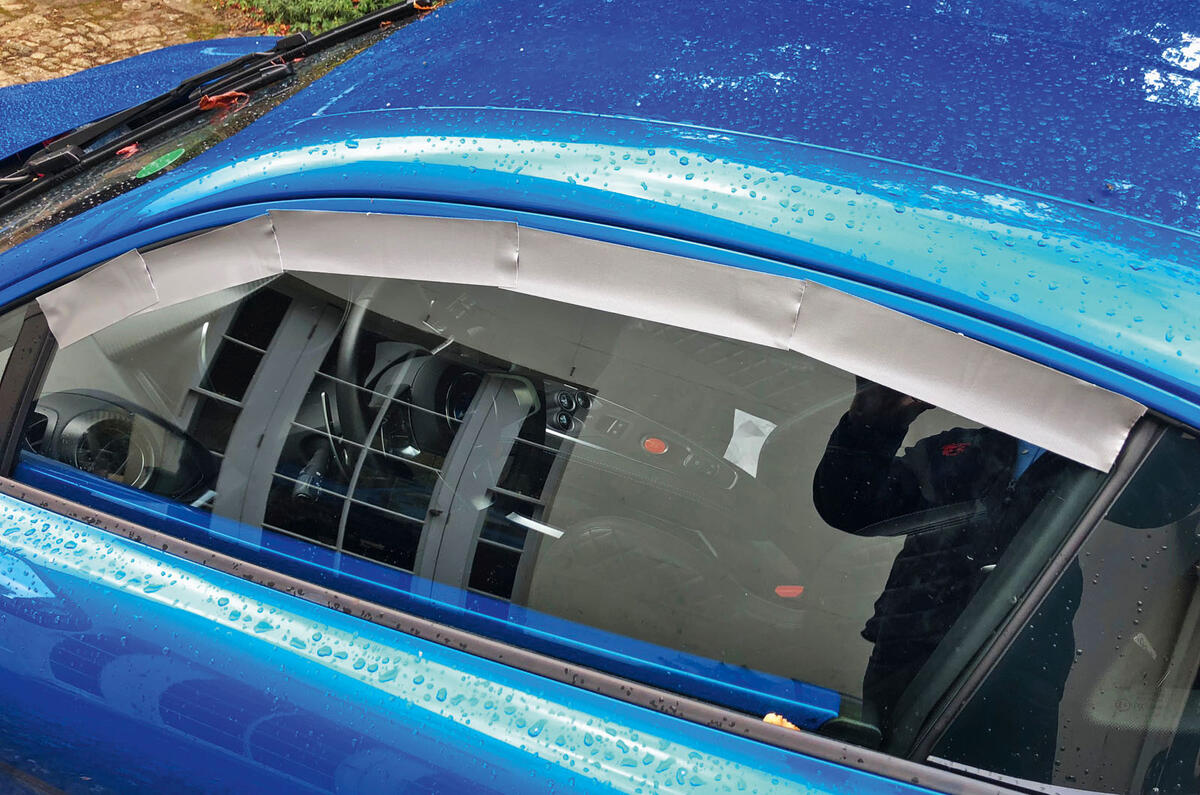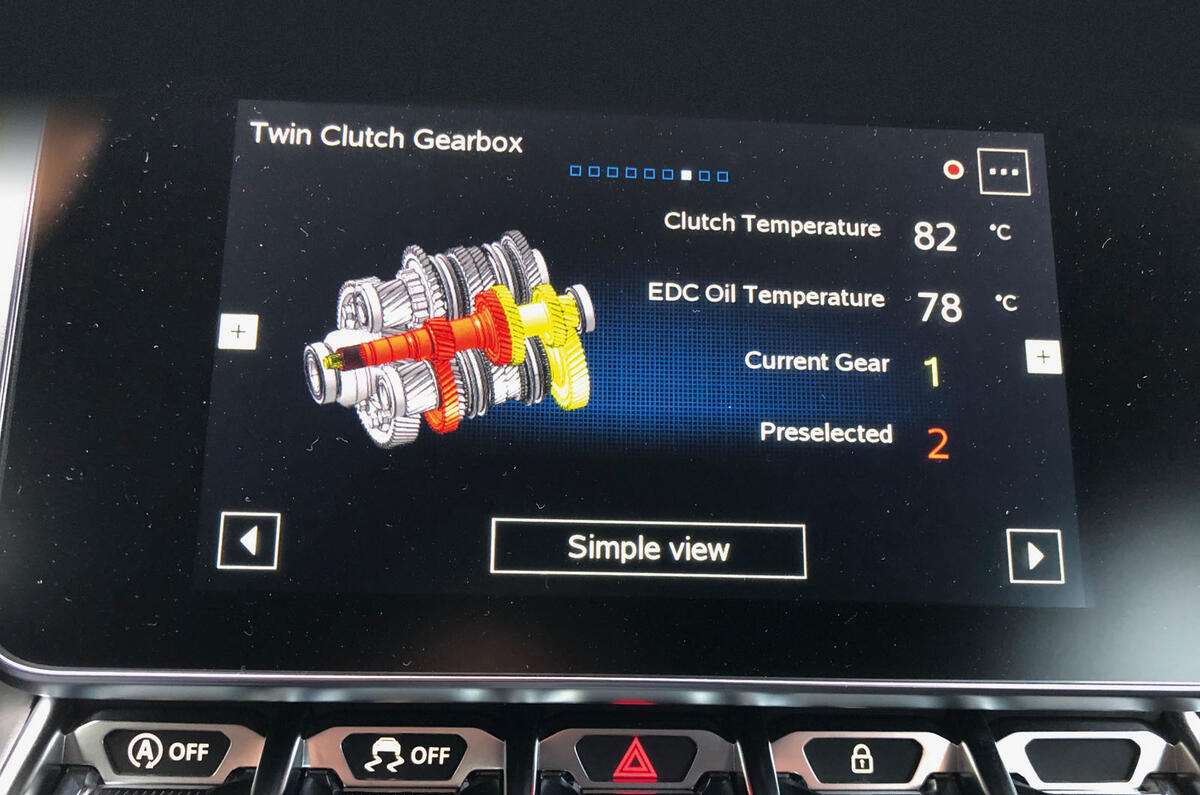Do you know when an Alpine A110 is at its absolute best? When you drive it ‘normally’. In the three months that it was mine, I threw it along mountain passes and around race tracks. I thrashed its little 1.8-litre motor to the limiter more times than I’d care to admit, and broke the traction of its rear tyres at every available safe opportunity. But never was I more dumbstruck by the car than when, say, taking it to the airport, or collecting a child from school. Because in those sorts of environments, it shouldn’t have worked at all. Yet it did.
And that is remarkable. Imagine you had another one-tonne, two-seat sports car in the same situation: you’d go down the M4 simply accepting that the lack of refinement, stiff ride, crude interior and clunky functionality were merely the price that needed to be paid to drive a car so light and enjoyable on the right road. But the Alpine is quiet, it is comfortable, it is very nicely trimmed and works nearly as well as a Mégane most of the time. There is no quid pro quo. Which is why now, more than ever, I think the A110 is not just a fine new car but a landmark. I use the word carefully because in the sports car world they don’t come along very often: the McLaren F1, the original Audi Quattro, Ferrari’s Dino 246 GT and, of course, the first Porsche 911.

Can the A110 really be considered among such cars? I think it not only can, but if the scale of the achievement that created it is to be appreciated, I think it must. When I first drove it, I thought it the best car I’d driven all year, but it took prolonged exposure for me to be sure it was not just an exceptionally good car, but a profoundly important one too. And I’ll get back to that point at the end.
For now, however, consider where it came from, which is effectively nowhere. It was the product of an abortive joint venture with Caterham (I wonder how much that particular separation is now regretted on this side of the Channel), using hot Mégane running gear. Unlike the Alfa Romeo 4C that is its closest rival, it doesn’t have a carbonfibre tub, but a rather less sexy aluminium monocoque. It’s not very powerful (252bhp), it doesn’t put much rubber on the road and the tyres it wears are pure street specification. On paper, it looked unremarkable.













































Join the debate
Add your comment
This is why...
...I rate/admire Renault a great deal, when they try to make something special they don't just make a clone of an existing hatchback with FWD and designer wank interiors in a fancy derss (audi TT)..they actually go out and drive the thing to the limit as opposed to that Audi TT crap that the writer was "trying to save" last week. I know most of the readers/buyers don't care but it would have been nice to mention that it was RWD.
Bucket list
Thank you, Mr Frankel, for your thoughts on a longer term test of the A110. It confirms much of what I'm sure many of us hoped about the car.
I would love to own one of these one day, in whatever form it comes! So glad that Alpine had the cojones to build it. I do hope it generates some security and financial return for the company.
Manual
The legend of manual shift has to be obsolete now. Why use a clutch when you can paddle shift the double clutch transmission if you want to control it yourself. But, manual control is only psycologically rewarding. In most cases automatic mode changes gear more quickly and choses the best possible gear. It also renders better fuel consumption.
Yes and no
I enjoy good aautomatics but I enjoy manuals too for different reasons. And don't forget that automatics can only be reactive, they cannot downshift to pre-empt an overtake, or shift gear over a bump in the road to reduce a shock load through the transmission. Plus you can coast downhill in a manual, which I don't think a dual clutch arrangement will allow - though I believe that some autos are now starting to allow "engine off" coasting!